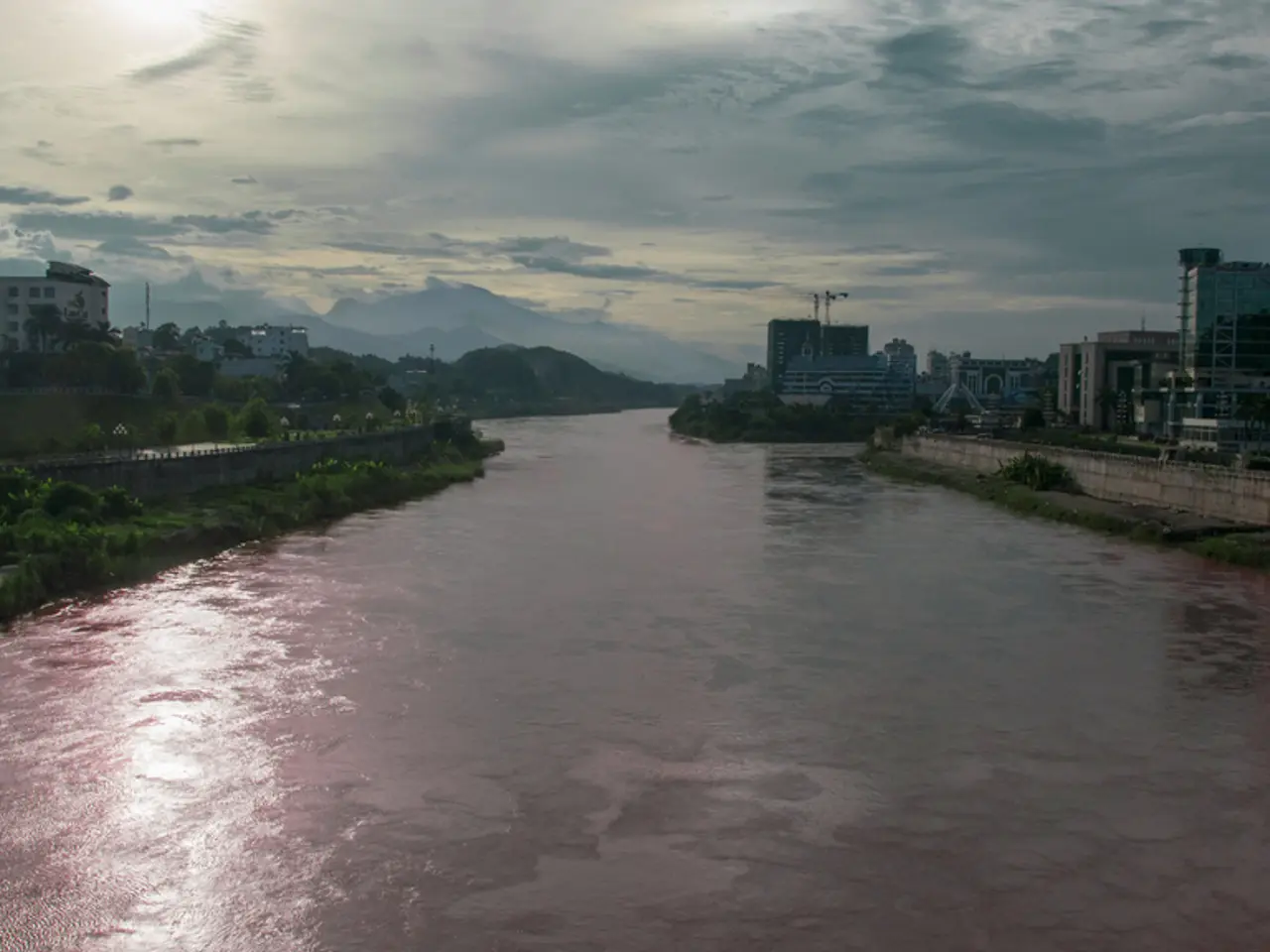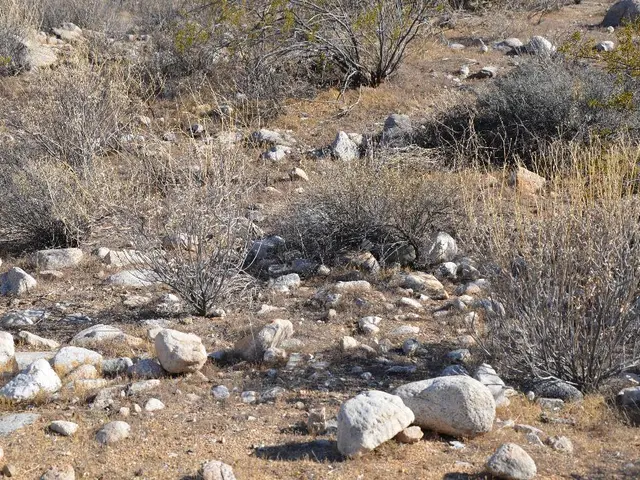Rapid Washing Away: The Devastating Minute-by-Minute Floods in Punjab That Claimed Lives and Destroyed Homes
In August 2025, Punjab, India, was hit by a devastating flood that claimed 56 lives, left four others missing, and affected nearly 4 lakh people, primarily from the Majha region. The flood had an effect on 2,483 villages in Punjab, affecting all 23 districts and causing a loss of approximately Rs 13,800 crore.
The flood was exacerbated by excessive rains in the neighbouring hill state of Himachal Pradesh. The India Meteorological Department had predicted rainfall 15% above the average for Punjab, but actual rainfall was 50% above the average. The Ravi river, one of the main rivers in Punjab, breached its embankment near Ghonewala on August 27, destroying most of Jatta village. The Ravi river's water flow on August 26-27 surpassed the record set in 1988, reaching 14.11 lakh cusecs against a capacity of 9.7 lakh cusecs.
The Bhakra dam on the Sutlej and the Pong dam on the Beas faced unprecedented water levels. Manoj Tripathi, chairperson of the Bhakra Beas Management Board (BBMB), claimed Pong recorded the highest ever inflow, while Bhakra witnessed one of the highest. The flood situation could have been averted from turning worse if the Punjab government had managed rivers and canals more effectively, according to the BBMB.
The Aam Aadmi Party (AAP) government blamed the IMD's weather updates for the flood, while the state's finance minister claimed there was not even a penny in the SDRF account. Prime Minister Narendra Modi announced a relief fund of Rs 1,600 crore for Punjab, in addition to Rs 12,000 crore already lying with the state's disaster relief fund (SDRF).
The flood had an effect on not only the human population but also the agricultural sector. Farmers like Gurbhaj Singh in Jatta village lost 40 acres of leased land to the flood. The Punjab government announced Rs 4 lakh for the kin of the deceased and Rs 20,000 per acre for crop loss.
In the midst of this crisis, the community showed remarkable resilience. Sikh organizations and farmer unions played a significant role in mobilizing mutual aid after the flood. Haryana farmers, including Mewat Muslims, came with relief material to support those affected by the flood. Akali Dal leader Sukhbir Badal offered bundles of notes to farmers and diesel for their tractors in Sarangpur village.
The Mann government's announcement for damaged houses was mocked on social media for being too little for rebuilding even a single room. The AAP Punjab chief Aman Arora claimed the SDRF was shackled by the Centre's rules.
In the face of adversity, the people of Punjab stand united, demonstrating the power of community spirit in times of crisis. The government, along with the community, is working tirelessly to rebuild and recover from this devastating flood.
Read also:
- Deadly addiction: strategies for smoking cessation to live longer
- Magnesium-Rich Beverages: Origins, Advantages, and Potential Hazards
- Chinese Rare-Earth Mining Endangers the Mekong River's Integrity
- Deteriorating munitions are submerged in the Baltic Sea, and Germany aims to retrieve them before it's too late.







